For 15 years they have come. As often as once a week, relatives of those who died in Wolston Park Hospital from the 1950s until it closed in 2001 have trekked from as far as Italy and Ireland looking for their headstones in Goodna Cemetery.
This week harrowing allegations of neglect, shock therapy, beatings and rape have been aired by survivors and their relatives.
Health Minister Shannon Fentiman announced on Thursday that she had directed the Mental Health Commissioner to investigate practices in that period and also told West Moreton Hospital and Health Service to release medical records to families and carers.
“While this will not undo the harm that has been caused, I hope it will allow those impacted and their families to share their experiences and to heal,’’ she said.
But for one survivor, who did not want to be named, it wasn’t enough.
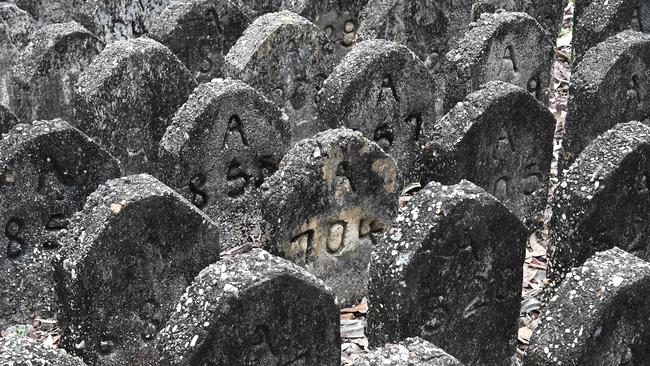
She vowed not to rest until those buried at Goodna had names on their headstones, not just a letter and numerals.
Cemetery volunteers have combed through grass, rubbish and thick bush over the years to uncover the headstones and create a memorial.
Only a few weeks ago, more were found, There Once Was An Asylum Facebook page administrator Shane Barnes said.
A DNA project to identify the remains would be a huge, possibly fruitless task because of poor cemetery records and a 100-year ban on releasing patients details.
Australian National University historian Adele Chynoweth, author of Goodna Girls: A History of Children in a Queensland Mental Asylum, said records, particularly discharge records, were a vital first step.
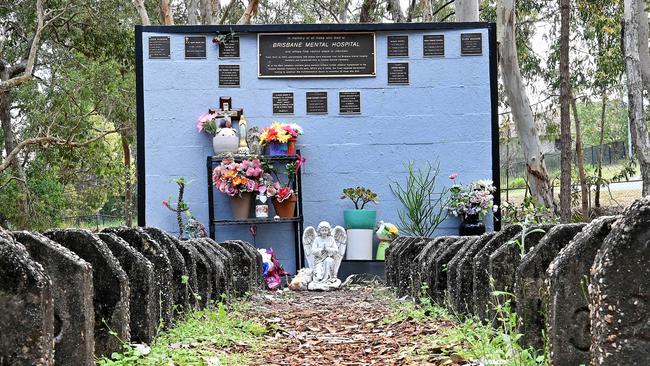
She said a precedent had been set in Ireland where work began last year to identify 800 babies and children buried in a septic tank at a home run by the Bon Secours nuns.
“We need some understanding of who is buried there but that can’t be a displacement activity, it needs to be in addition to looking after survivors,’’ she said.
“But if we don’t have access to records a DNA project is futile.’’
Ipswich City councillor Paul Tully, a cemetery trustee since 1975, said about 100 headstones were stolen in the 2000s.
“Police were involved. There are theories they ended up over the (NSW) border,’’ he said.
“With the older graves, some say they just got handfuls of dirt. Some remains would have compacted and ended up on top of each other in trenches.’’
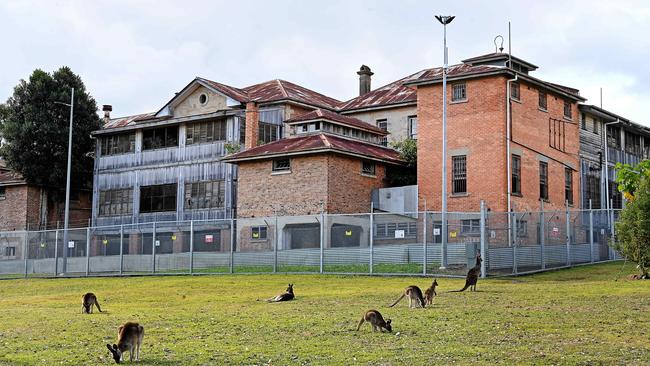
The graves, possibly 192, were exhumed in the 1970s from Wolston Park during roadworks.
Another cemetery trustee, Helen Gilmour, said they appeared to have been dumped from a truck and were later found in long grass.
“Sixty-three names have been identified and we actually had one exhumation of a patient,’’ she said.
“He was Italian, Mr P. Bottegliero. His family in Italy came looking for him in the mid-90s and had his remains taken to the (national) war memorial.
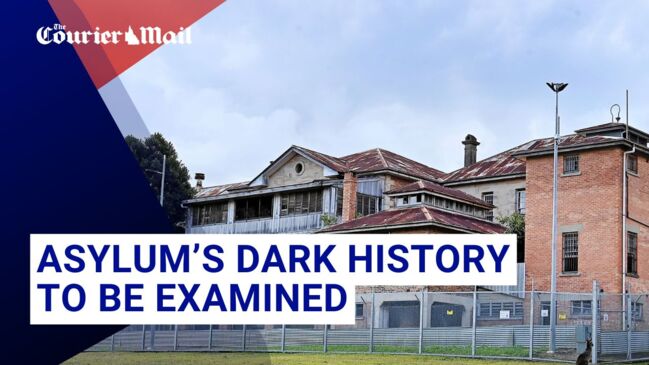
“We can have several people contact us in a week and then nothing for a month.
“It would average once a fortnight over the last 10-15 years. Interest is definitely increasing.’’
One of those recorded at the Goodna Cemetery memorial was a girl aged just 11.
Mr Tully said the sprawling 450ha hospital precinct also made a DNA project challenging.
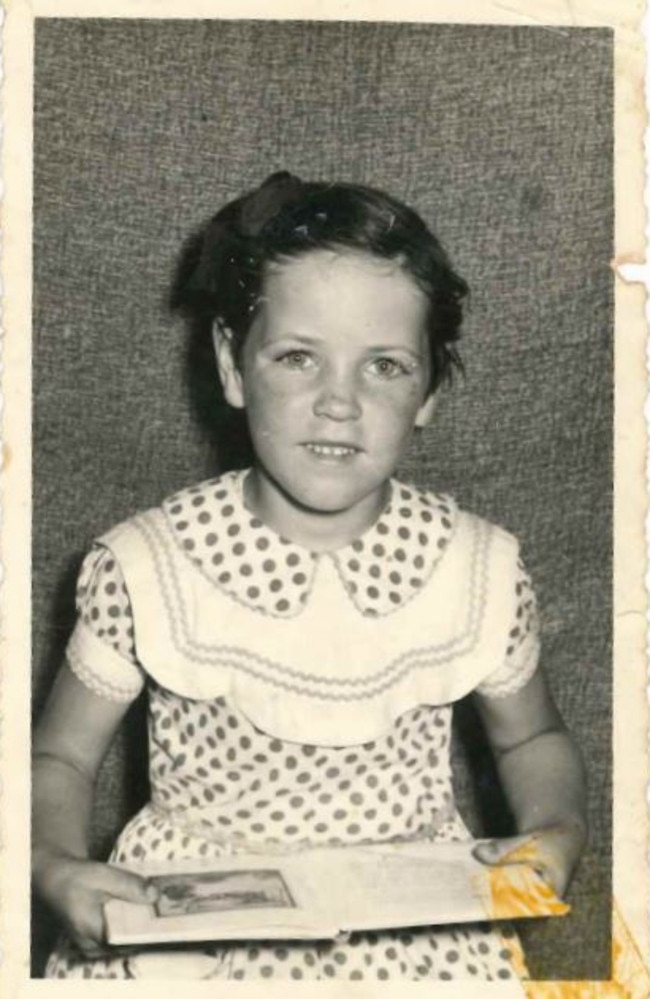
“There were three cemeteries at Wolston. But there are no markings and some accounts say remains were swept away in floods,’’ he said.
And records of those reinterred at Goodna were destroyed in 1973.
Mr Barnes believed the heritage buildings at Wolston, particularly the circa 1866 female ward building, should be conserved.
“It would cost millions to restore the main sandstone building but it’s still in relatively good condition,’’ he said.
However Dr Chynoweth said opinion was split among survivors and relatives.
“Some might say this is good, but others want to get rid of them,’’ she said.
If they were restored, she said buildings and documentation must include a “statement of significance about what happened’’.
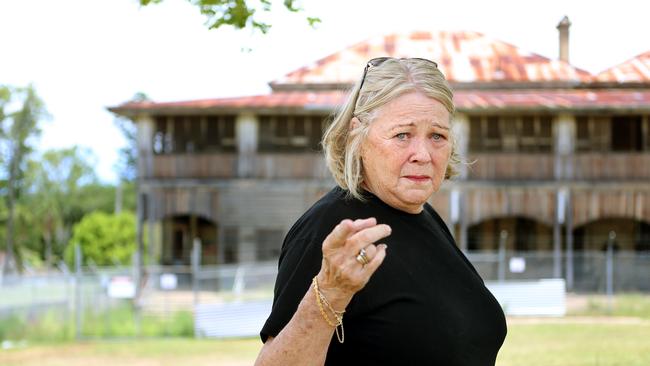
The Department of Environment and Science can grant heritage exemption certificates to allow for any demolition.
West Moreton Hospital and Health Service was approached for comment on whether it would commit to restoring all the heritage buildings.
Mr Barnes said it had done a good job deterring “urban explorers’’ after installing high steel fences with tunnel-proof footings, alarms and cameras around the female ward building.
It had also restored the recreation hall and Bostock House.
For now, attention would turn to the inquiry, expected to begin in about six months.
It was still not clear if findings would be publicly released.

Add your comment to this story
To join the conversation, please log in. Don't have an account? Register
Join the conversation, you are commenting as Logout
Wood-fired vegies, smoked meats: Inside cult taco joint’s new Brisbane venue
Come with us as we take an exclusive first look inside the highly-anticipated second venue from a cult-popular Mexican taqueria ahead of its upcoming opening.
LNP makes fresh vow over Sunshine Coast rail, swipes at Labor
A fresh state LNP promise has been made over rail in the Sunshine Coast, with a dig at opposition, but Labor has hit back in the train line debate.